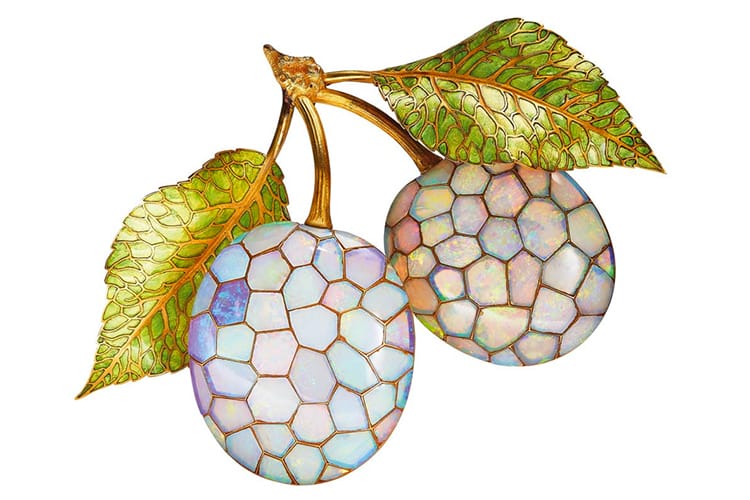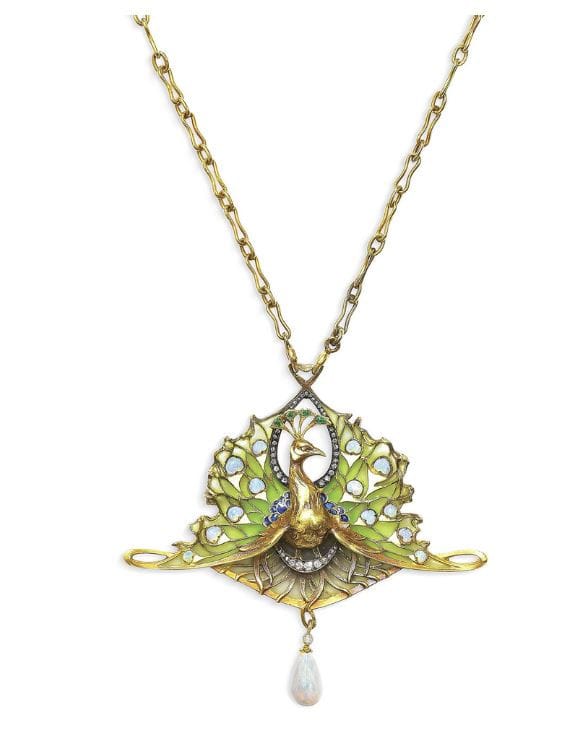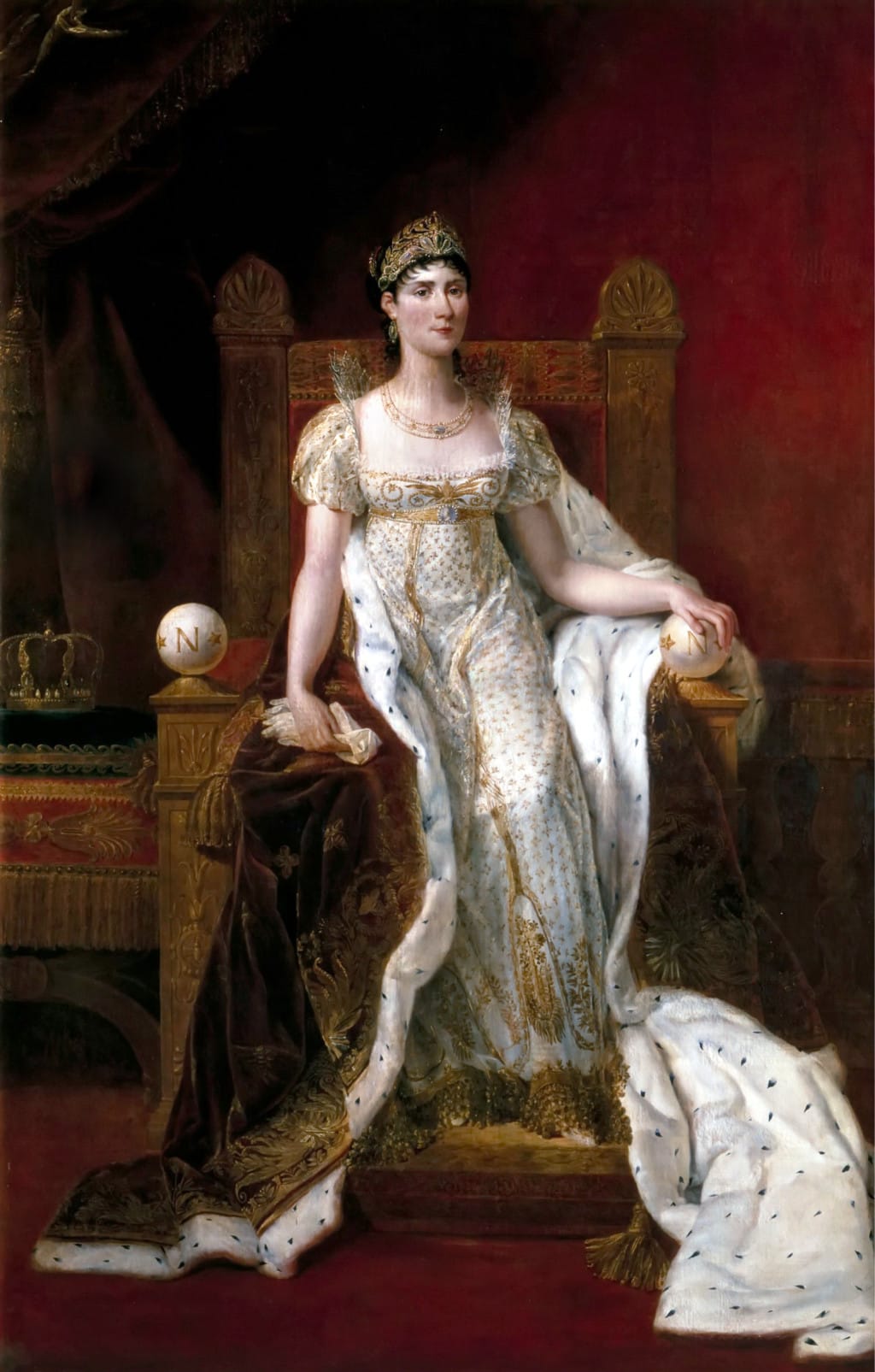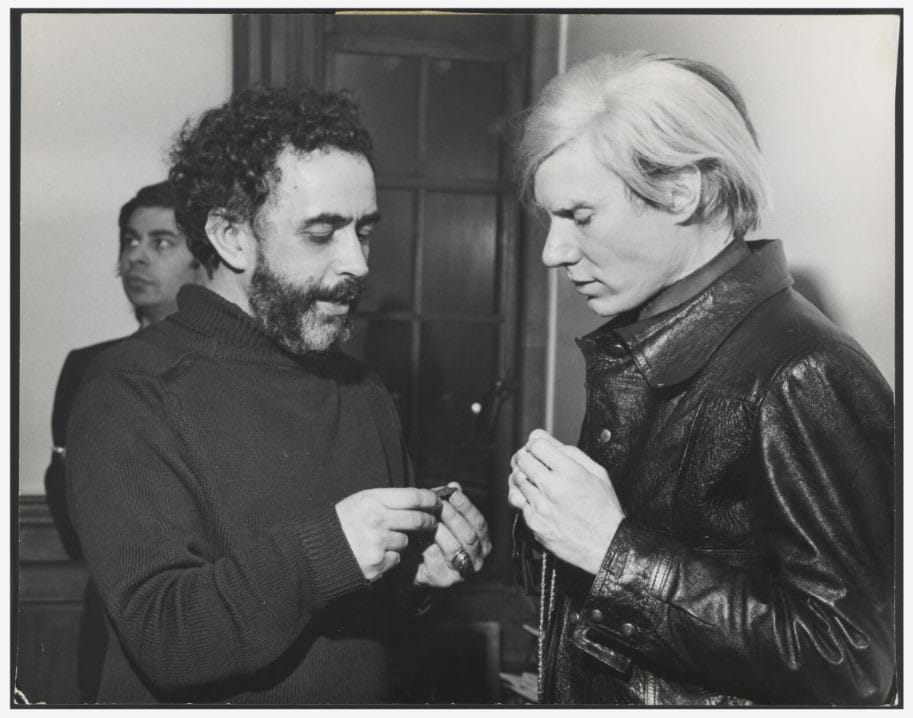The History of Opals

History of Opals
The first written description of opal is from Onomacritus, a Greek poet who lived 2400 years ago. He wrote: “the delicate color and tenderness of the opal reminds me of a loving and beautiful child”.
Although the Romans had assumed that opals came from the Orient and India, all the early material in fact came from the mines near Červenica, in present-day Slovakia (formerly Hungary).
One of the most famous stories about opal is said to feature Senator Nonius, Marc Anthony and Cleopatra, around 35 BC. Nonius had an opal about the size of a hazelnut and worth 20,000 sesterces (about USD 20,000 in 2023). Rather than sell it to Marc Anthony who wanted to purchase it as a gift for Cleopatra, Nonius preferred to be exiled with his opal rather than to give it up. Given the size of the described opal, it may in fact not have been an opal. However, this story is testament to the love, hope, luck and superstition that was associated with opals.
The Imperial Crown of the Holy Roman Empire was the coronation crown of the Holy Roman Emperor since the 10th century. It featured a large central opal called “Orphanus”, that was last described in 1250 and was replaced with a sapphire after it went missing.
There is a popular belief that opal brings bad luck to those who wear it, and this belief has persisted for many years. However, there is no evidence to support this claim and it is likely a superstition that has been passed down through the ages. The source of this belief is in part due to Sir Walter Scott, who blamed a (fire) opal for the death of the beautiful heroine in his 1826 novel Anne of Geierstein. It is thought that this story had a negative impact on how opals were viewed by the bourgeoisie at the time, some going as far as to suggest that opals are cursed, yet opal has long been prized for its beauty and is believed to have many positive associations.
Queen Victoria (1819-1901) and the Art Nouveau movement did much to revive demand for opals. This would also coincide with the discovery of opal deposits in Australia in the 1880s which provided fantastic new material (including black opal) for jewelers to use. The Victorian art critic John Ruskin once fittingly wrote “Everyone knows how capriciously the colors of a fine opal vary from day to day, and how rare the lights are which bring them fully out.” This striking beauty and color diversity of opals has long been a source of inspiration for jewelers. Leading Art Nouveau designers such as René Lalique, Henri Vever, Georges Fouquet and Louis Comfort Tiffany would use beautiful opals in their designs.

A necklace by René Lalique (ca. 1897–99) containing opals, which is part of the Met Museum collection in New York. Photo: Met Museum.

An Art Nouveau opal (cabochon and drop-shaped opals), emerald, diamond and enamel pendant/brooch (circa 1900) by Henri Vever. Photo: Christie’s.
Empress Joséphine, Napoleon Bonaparte’s first wife, was a lover of opals, given her great appreciation for color in general. Napoleon gave her the famous “The Burning of Troy” opal (reported to weigh around 700 carats), which got its name from the bright red fire of this opal specimen. Unfortunately, this opal has disappeared in history and it is unknown where it is today.

Empress Joséphine in coronation attire, François Gérard, 1807. Source: National Museum of the Château de Fontainebleau.
The artist Andy Warhol became an avid collector of opal and, in 1977, contributed to an exhibition called ‘Opal the Rainbow Gem’ by Laurence Hope at the ICA in London, showcasing photos of opals taken through a microscope.

Australian artist Laurence Hope showing his Australian opal pendant to Andy Warhol, London, England, 1971. Photo: National Library of Australia.
At the end of the 20th century, major jewelry houses and designers increasingly began to use opals in their designs. This has led to a strong price increase for high-quality opals over the past two decades.
Source: Swiss Gemmological Institute (SSEF). Top image: An Art Nouveau opal and enamel brooch, by René Lalique that sold at Christie’s Geneva for CHF 212,500 in 2017, photo: Christie’s.